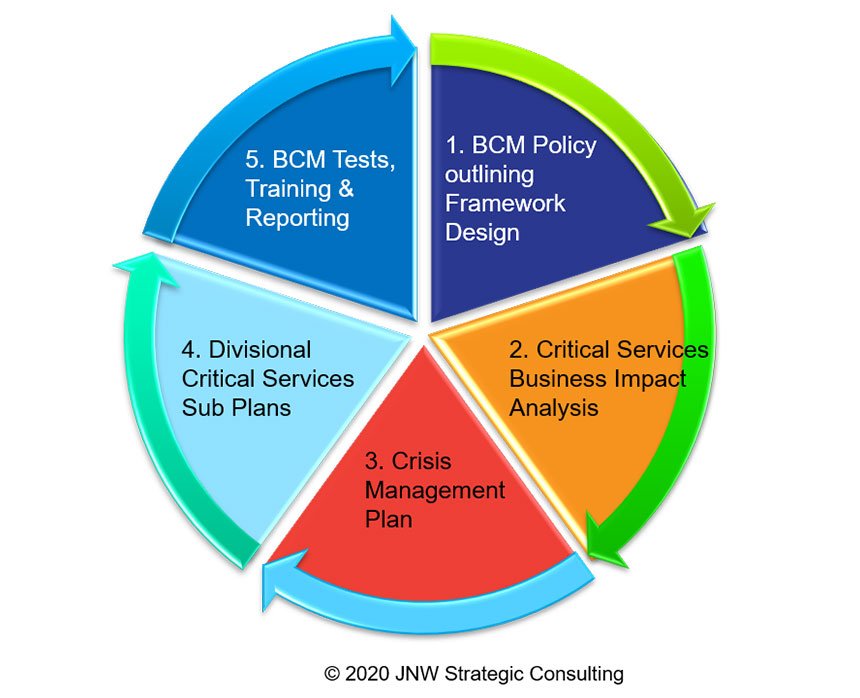In the fast-paced world of financial services, Registered Investment Advisors (RIAs) play a pivotal role in managing the wealth and assets of clients. Ensuring the uninterrupted operation of RIA firms is paramount, and implementing a robust RIA business continuity plan is essential. In this article, we delve into the critical aspects of building a sustainable RIA business continuity framework to safeguard the interests of both clients and firms. This comprehensive framework encompasses risk assessment, technology infrastructure, communication strategies, employee preparedness, and vendor partnerships, all vital for strategic stability in wealth management.
The wealth management industry is characterized by its sensitivity to market fluctuations, regulatory changes, and unforeseen crisis. In such an environment, strategic stability becomes a strategic advantage. By establishing a well-structured RIA business continuity plan, wealth management firms can maintain their operations even in the face of adversity, instilling confidence in clients and enabling long-term success. Strategic stability is not merely about surviving crises but thriving in the midst of them, and this article explores how RIAs can achieve this through effective business continuity planning.
This article is divided into ten main sections, each addressing a crucial aspect of building a sustainable RIA business continuity framework.
To begin, it is essential to understand the meaning and significance of business continuity within the RIA sector. RIAs face numerous challenges in the financial services industry, including regulatory changes, market volatility, and unexpected disruptions. A well-crafted RIA business continuity plan helps navigate these challenges and ensures that client services remain uninterrupted, fostering trust and loyalty.
Regulatory Landscape and Compliance
RIA Compliance Requirements
Compliance with regulatory standards is a fundamental requirement in the financial sector. RIAs must align their business continuity plans with these standards to maintain the trust of clients and regulatory bodies. Adherence to industry compliance protocols is crucial in building a sustainable RIA business continuity framework.
Risk Assessment and Mitigation
Identifying Potential Risks to Business Operations
Practical risk assessment is the cornerstone of any business continuity plan. RIAs must identify potential risks, both external and internal, that could disrupt their operations. External threats, such as cyberattacks or market volatility, can have a profound impact, as can internal factors like staff availability. By identifying these risks, RIAs can develop strategies for mitigation.
Developing Strategies for Risk Mitigation
Once risks are identified, RIAs must develop robust strategies for risk mitigation. This involves establishing protocols to minimize the impact of disruptions and implementing measures to protect assets and data. Continuous testing and updating risk mitigation plans are essential to ensure their effectiveness in dynamic environments.
Technology Infrastructure for Continuity
Cloud-Based Solutions for Remote Access
Technology plays a critical role in business continuity in today’s digital age. Implementing secure cloud-based solutions ensures that data remains accessible during disruptions, allowing RIAs to serve their clients effectively. Moreover, having reliable data backup and recovery protocols is essential to minimize downtime and maintain operational stability.
Communication Strategies During Disruptions
Internal Communication Protocols
Effective communication within the RIA firm is crucial to coordinate efforts and make informed decisions during disruptions. Establishing communication channels among team members and ensuring seamless communication during a crisis are critical components of a sustainable RIA business continuity framework.
External Communication with Clients
Maintaining trust and confidence among clients is paramount for RIAs. Transparent and timely updates during disruptions can go a long way in assuring clients of the firm’s commitment to their financial well-being. Clear and open communication helps retain client trust, even in challenging times.
Employee Training and Preparedness
Training Programs for Business Continuity
Employees are a vital part of any business continuity plan. Equipping them with the necessary skills and knowledge through training programs ensures they are prepared to handle disruptions effectively. Conducting regular drills and exercises helps reinforce their readiness and adaptability.
Integration with Vendor Partners
Collaborating with Service Providers
Many RIAs rely on external vendors and service providers to support their operations. Ensuring that these partners have continuity plans aligned with the RIA business continuity framework is essential. Establishing contingency measures for external dependencies helps prevent disruptions caused by third-party failures.
Testing and Iterative Improvement
Regular Testing of Business Continuity Plans
The effectiveness of any business continuity plan can only be determined through testing. Simulation exercises for various scenarios allow RIAs to evaluate their preparedness and identify areas for improvement. Continuous refinement based on testing results ensures the RIA business continuity plan remains resilient and adaptive.
Conclusion
In conclusion, building a sustainable RIA business continuity framework is imperative for the long-term success of wealth management firms. By understanding the significance of business continuity, aligning with regulatory requirements, assessing and mitigating risks, implementing robust technology infrastructure, maintaining effective communication, training employees, and collaborating with vendors, RIAs can achieve strategic stability even in the face of adversity. The ongoing evolution of business continuity in the wealth management sector underscores the importance of adapting and improving these frameworks to ensure the continued prosperity of RIAs and their clients. This encourages RIA firms to prioritize strategic stability, making it an integral part of their operational ethos.
